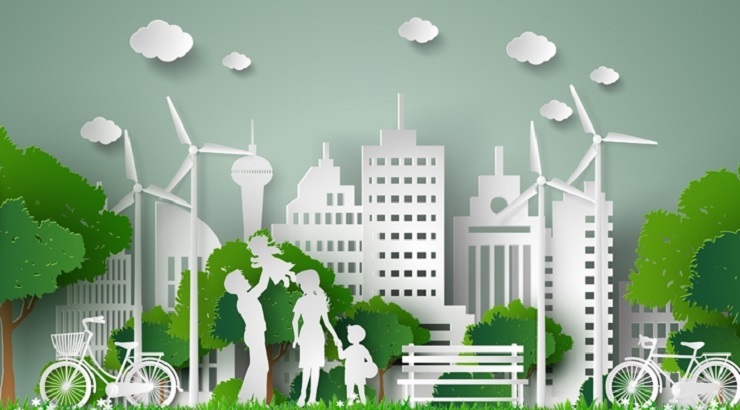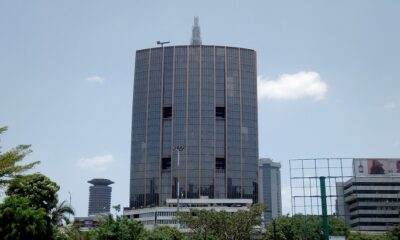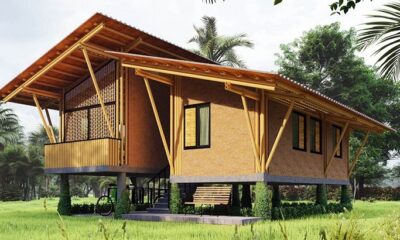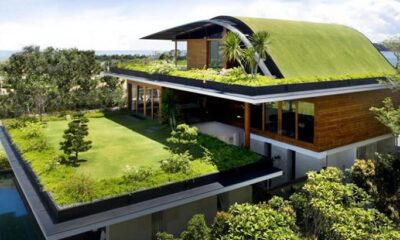Green Building
New Index to Evaluate ‘Green Buildings’ in Kenya
The tool will recognise buildings that meet green standards.

The Architectural Association of Kenya (AAK) has launched a green building certification tool that assesses construction projects to establish their environmental performance.
Dubbed Safari Green Building Index, the rating system is a guiding and performance oriented system where points are earned for meeting specified construction standards.
“The Safari Green Building Index prescribes the categories, characteristics, and rating system used to award a green building certificate to buildings that incorporate environmentally sustainable materials, technologies and practices,” AAK says.
The provisions of the tool shall apply to new building works as well as extensions to existing buildings and building works that involve major retrofitting to existing buildings.
The tool covers seven performance categories, including prerequisite requirements (0%), building landscape (5%), passive design strategies (45%), energy efficiency (10%), resource efficiency (30%), noise control and acoustics (5%), and innovation (5%).
Buildings that adhere to the requirements implied in the rating tool shall be eligible for green building certification at the classification of Class A (80-100 points), Class B (70-79 points), Class C (60-69 points), or Class D (50-59 points).
Designed by the Environmental Design Consultants (EDC) chapter of AAK in partnership with the University of Nairobi and UN-Habitat, the Safari Green Building Index is suitable for all kinds of buildings in climatic zones in Kenya and the rest of East Africa.
The Index is expected to improve the number of green buildings in Kenya by encouraging investors to build sustainable structures.
Green construction
Green building rating tools are used to evaluate and recognise buildings that meet certain green standards. The tools, which are often voluntary, recognise and reward organisations that build sustainable buildings, thus incentivising the adoption of green construction.
Kenya has been using foreign rating tools such as the American Leadership in Energy and Environmental Design (LEED), Environmental Design for Greater Efficiencies (EDGE) and Green Star Rating System.
The Safari Green Building Index comes as the 2019 Global Status Report for Building and Construction shows that the industry consumes 36% of global energy while contributing 39% of carbon emissions.
Green building has not received the much-needed attention by Kenyan builders due to lack of awareness and limited financial products.
Industry players are now urging banks to frequently market their green building financial products to customers who may not be aware of such products.
“I’d like to see financing incentives for those building green buildings at all stages from purchasing materials, installing solar panels and recycling water at different rates from those of non-green buildings,” says Elizabeth Chege, chairperson of Kenya Green Building Council.
The green buildings market in Kenya is currently at a nascent stage of development, with only 25 buildings being green star-rated.
Although this might come across as a challenge at the beginning, it does open up a wide range of prospects for the development of green buildings in the country.












